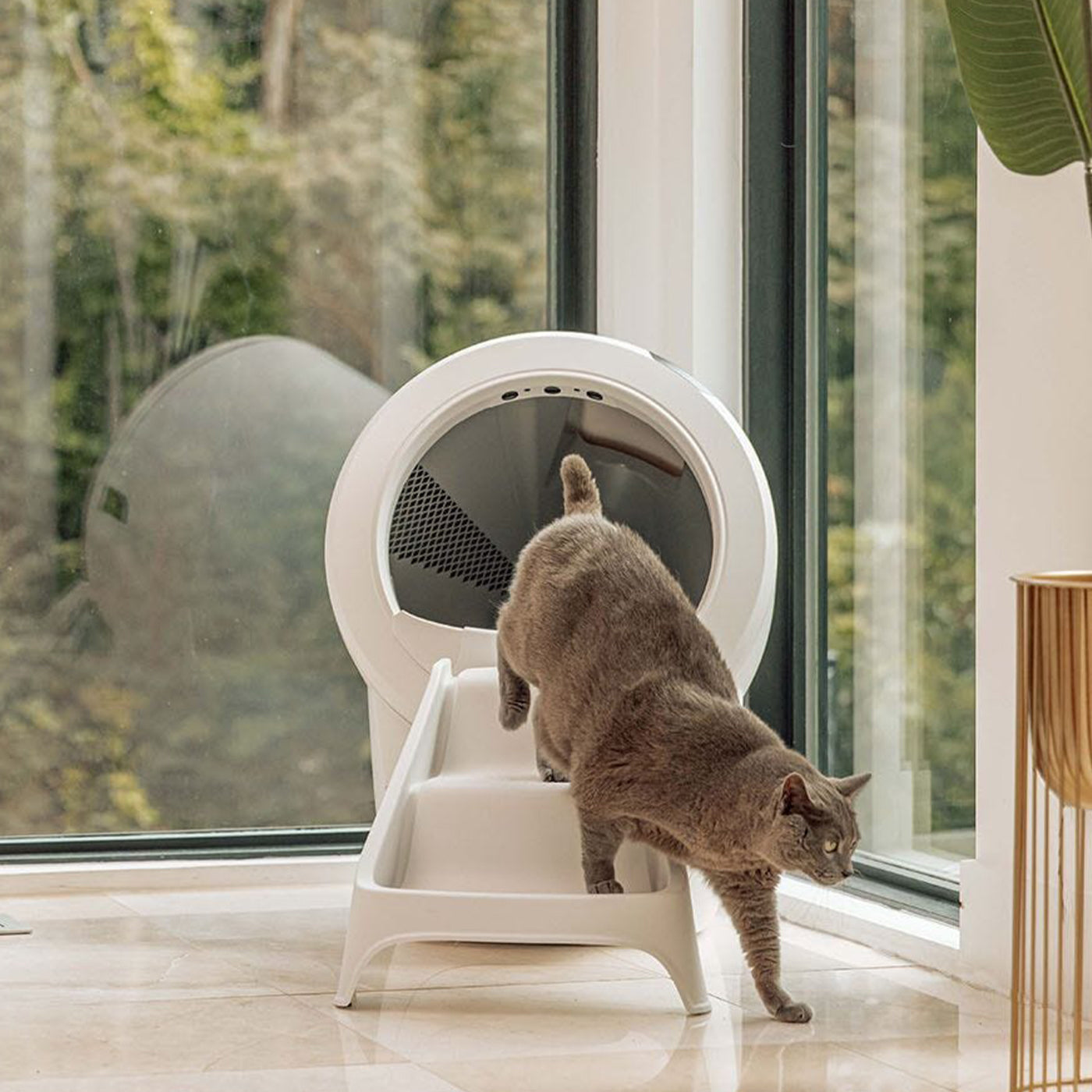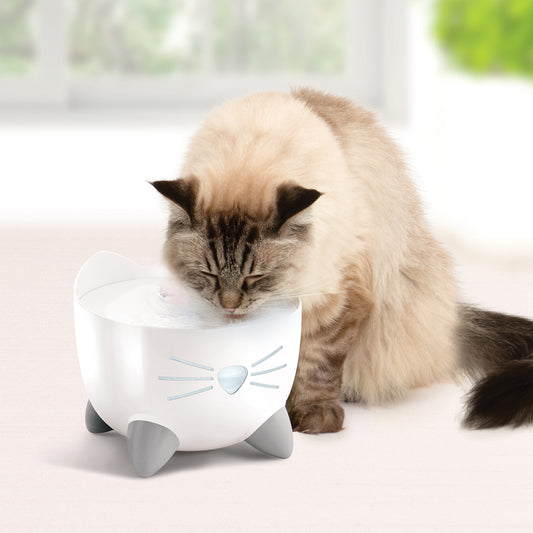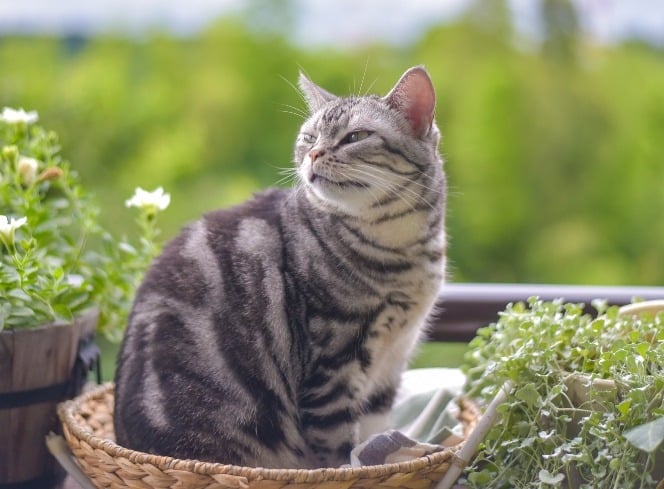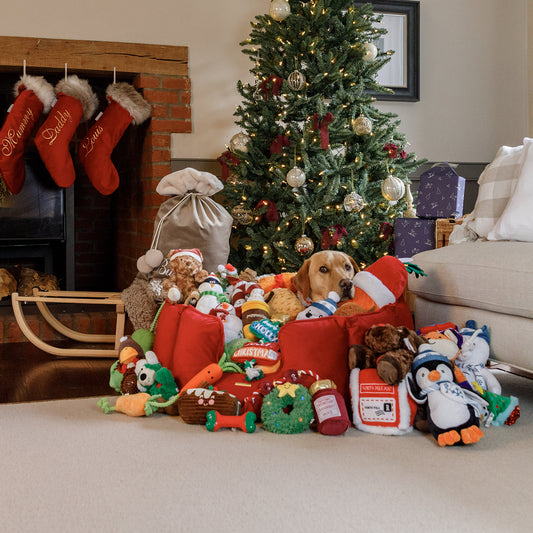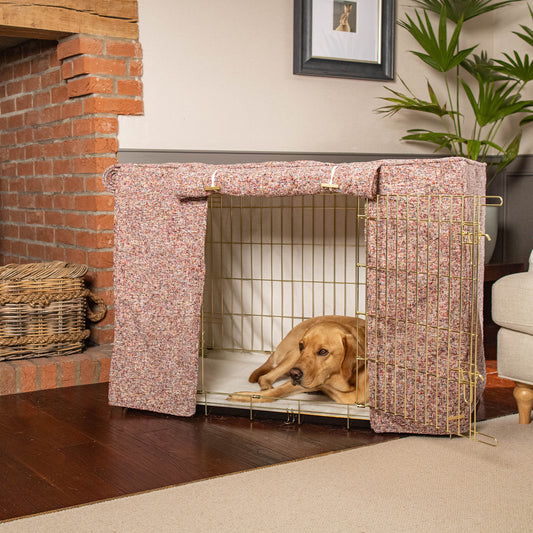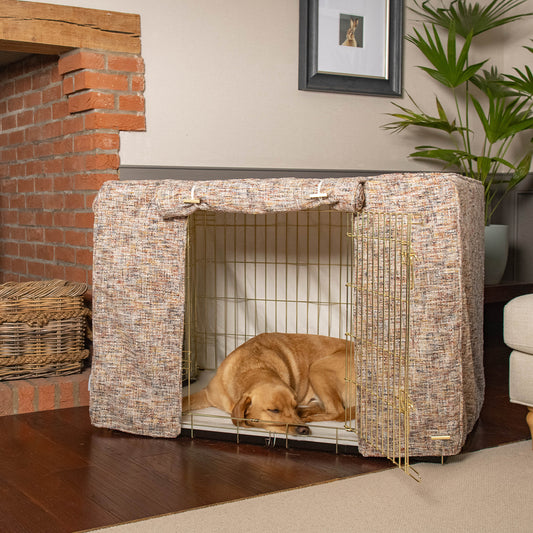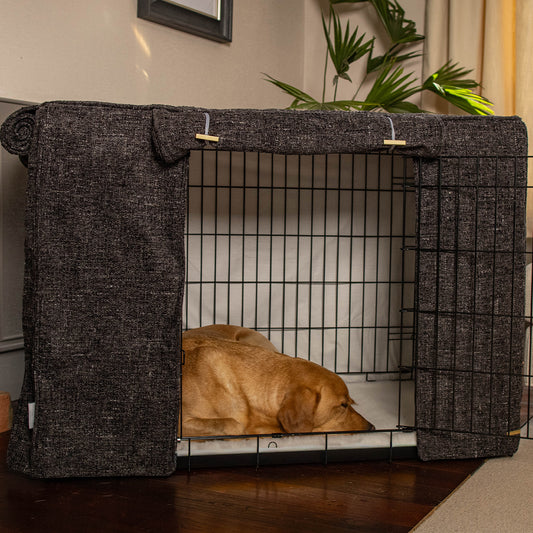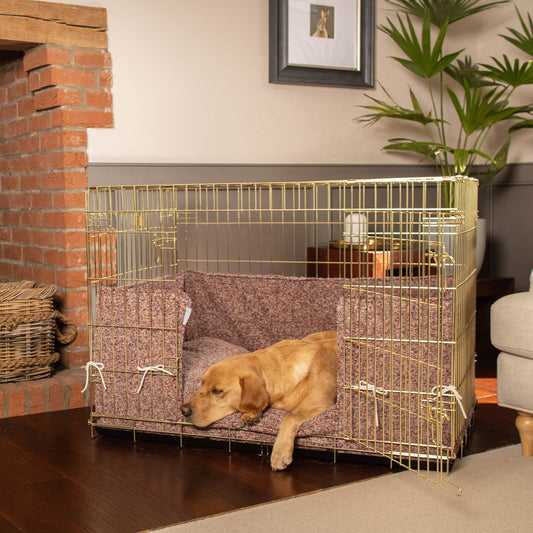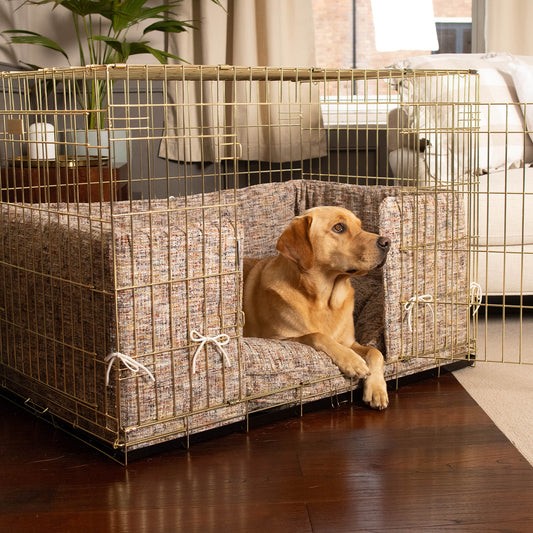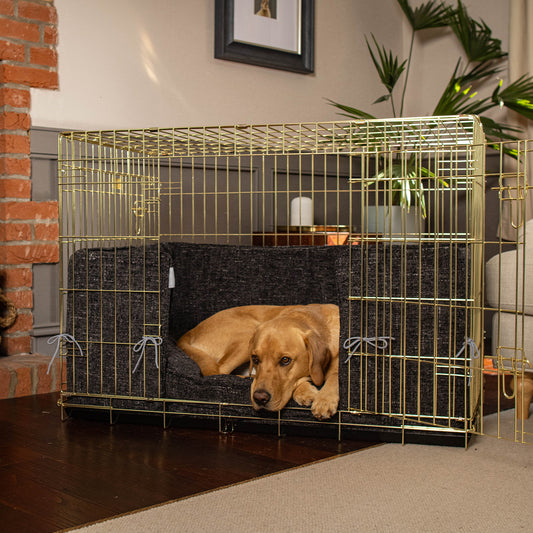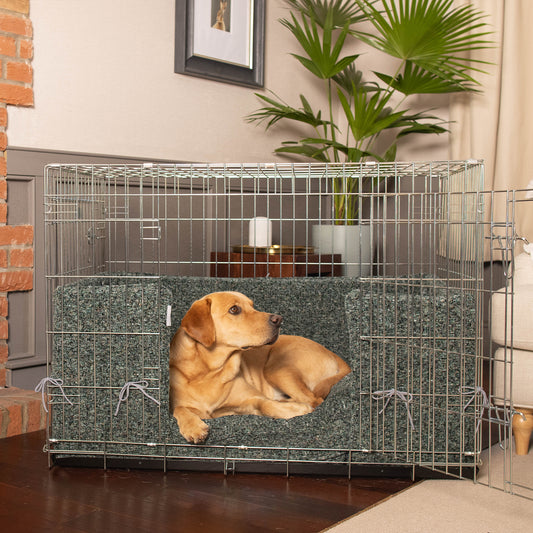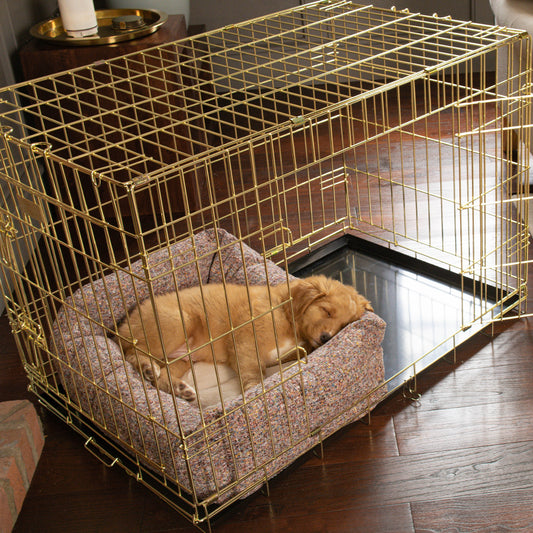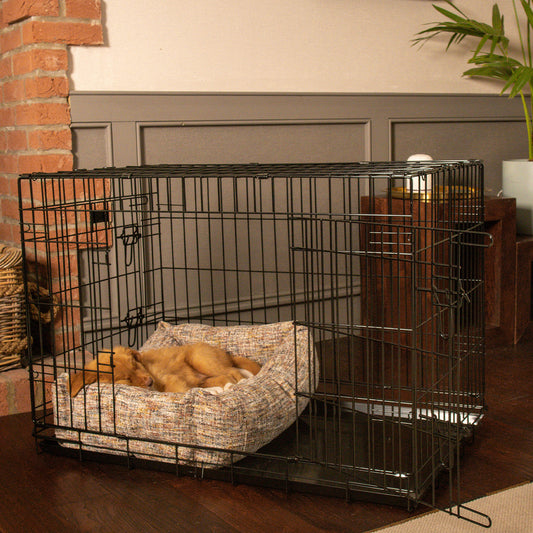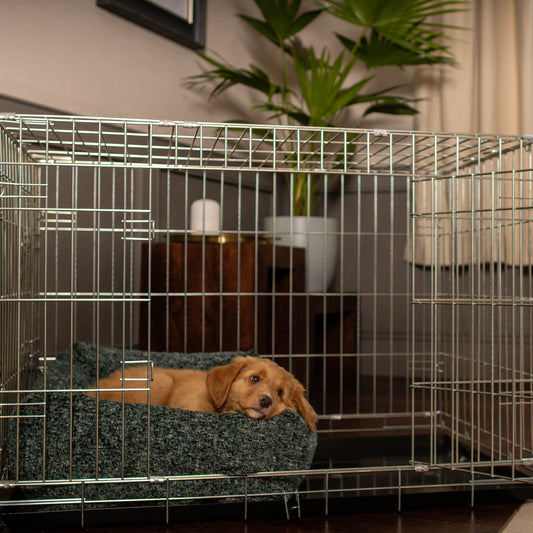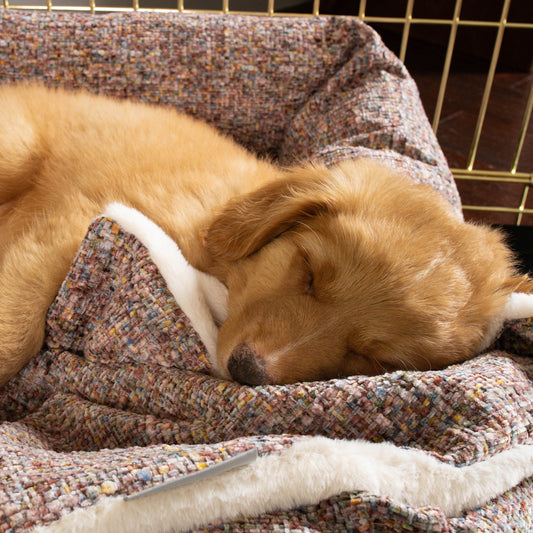A common health issue that many cats suffer from are problems with their urinary tract. Both males and female cats can have urinary tract disorders at some point in their lifetime and they can vary from mild symptoms to severe cases of Urinary Tract disease. Many of these problems are treatable and there are things we can do to help stop problems from occurring. In this blog post we will look at what can cause a urinary tract problem in cats, the signs to look out for and how to treat a problem if it occurs.
What Are Urinary Tract Disorders?
There are a number of different urinary tract issues that cats can suffer from, some more severe than others. These can include:
- Urinary tract Infection - These are caused by an infection in the bladder. These can be easily diagnosed with a blood test at the vet.
- Urinary Stones - There ate minerals in urine which can clump up and form crystals or stones. These can cause irritation, pain and even blood in the urine. Your vet will be able to run tests to diagnose urinary stones.
- Urethral Obstruction - In rare cases, your cat can suffer from a total blockage caused by stones or other build-ups. In these cases, they won’t be able to urinate at all and will suffer a lot of pain. It’s important to seek veterinary advice immediately in these cases.
- Feline Cystitus - In some cases, irritation can occur where there are no stones or infection. It could be caused by stress or anxiety brought on by a change in diet or other environmental factor.

What Are The Symptoms Of Urinary Tract Problems In Cats?
Simply put, urinary tract problems are water infections associated with the bladder and urethra. Sometimes, infections or blockages can occur which will stop your cat from being able to urinate properly. Signs that your cat is suffering from a urinary tract problem include the following:
- Frequently using the litter box but only urinating a small amount.
- Inability to urinate.
- Straining in the litter box
- Calling out when using the litter box
- Blood in the urine
- Increased licking of the problem area
What To Do If You Think Your Cat Has A Urinary Tract Problem
As we mentioned previously, many cats will suffer from some form of urinary problem at some point in their lives and quite often these can be treated easily. In all cases, it’s important to seek the advice of your vet as soon as you notice any symptoms. Acting fast means your vet can rule out any sinister problems and hopefully treat minor problems before they get worse.

How can you prevent Urinary Tract problems in cats?
Urinary tract problems in cats can be caused by a number of things including stress, changes to diet or underlying health issues. Every case is slightly different, and we’d suggest talking to your vet to discuss the specific case of your cat. There are some things we can do to help prevent many problems occurring though, including:
- Clean drinking water - Many bladder problems can be caused by not drinking enough water. Cats aren’t always natural drinkers, so doing all we can to encourage them to drink is a must. Provide clean fresh water at all times. A drinking fountain is a brilliant idea in many cases as many cats like to drink flowing, rather than stagnant, water. Many fountains have a filtration system to help keep the water as clean as possible.
- A healthy diet - Feeding our cats a healthy and complete diet can help to keep all areas of their health in tip-top condition. There is also cat food specifically formulated to help prevent urinary tract problems occurring. Chat to your vet to see if they think any of these may help your cat. Remember to always make changes to diet gradually over a few days to help your cat’s digestive system.
- Keep your cat stress-free - Stress and anxiety can be a cause of urinary problems. Try your best to keep your cat as calm as possible at all times to help stop health issues from occurring.

Some of our favourite products to help prevent Urinary tract issues.
There are a number of cat products that promote a healthy urinary tract. Whilst they’re not a cure, and they won’t guarantee to stop your cat from having problems, they do have health benefits and will reduce the risks. Here are a few products to consider:
Beaphar Urinary Tract Support Cat Treats - These tasty cat treats are designed to help fight bacterial infections and formation of bladder stones. They’re made from a low fat recipe of cranberry and Omega fats to form a tasty and healthy cat treat.
Cat Water Fountain - Cats aren’t always fond of drinking a lot of water and it’s important to do your best to encourage them to drink if this is the case. A water fountain provides running water that many cats prefer to still water, and the inner filtration stem ensures the water is pure and clean. Drinking plenty of clean water will help to keep your cat’s urinary tract in good working order.
Dorwest Green Relief Tablets - These supplements can be taken by both dogs and cats and have a number of health benefits. They will not only help to keep their urinary tract healthy but will also promote wellness and vitality in general.
Purina Bifensis Wet Cat Food - Wet cat food has a certain amount of water in it which is a brilliant option for any cat who doesn’t tend to drink a lot. This recipe has added health benefits including balanced minerals designed to promote a healthy urinary tract.
Pro Plan Sterilised Cat Food - This cat food is designed for any adult cat who has been neutered. Neutered cats have an increased risk of urinary tract problems which is why this recipe has been designed to control their urinary PH levels and keep their kidneys in tip-top shape.
























































